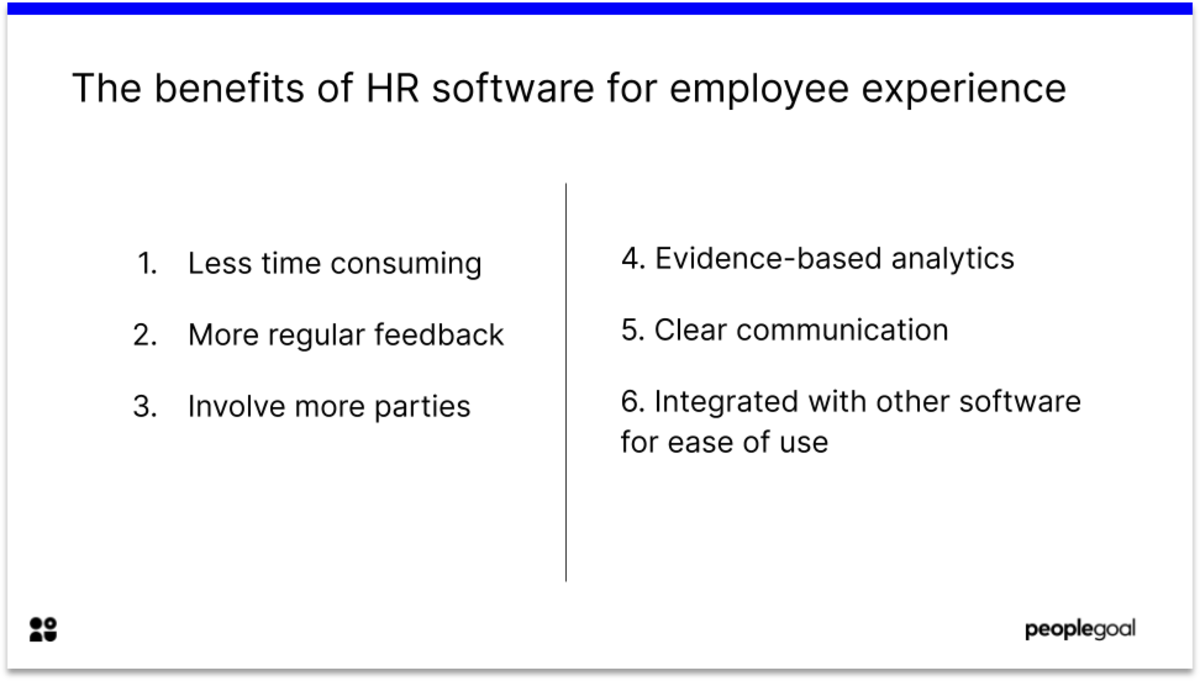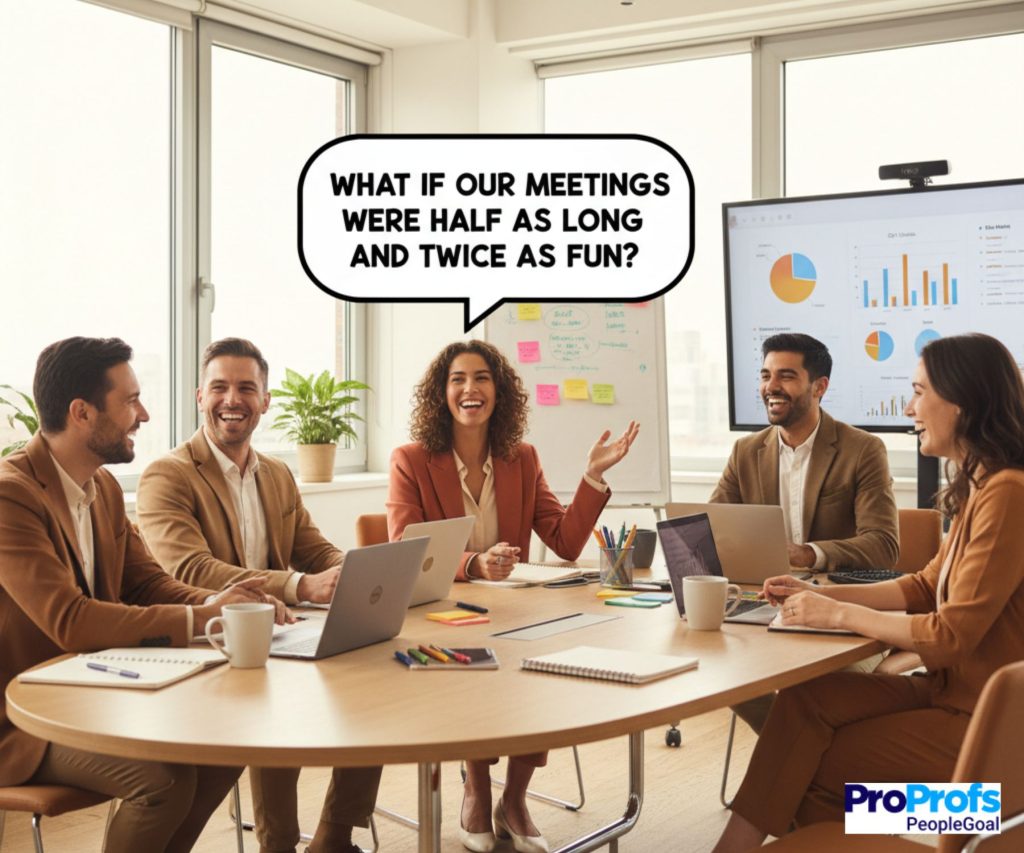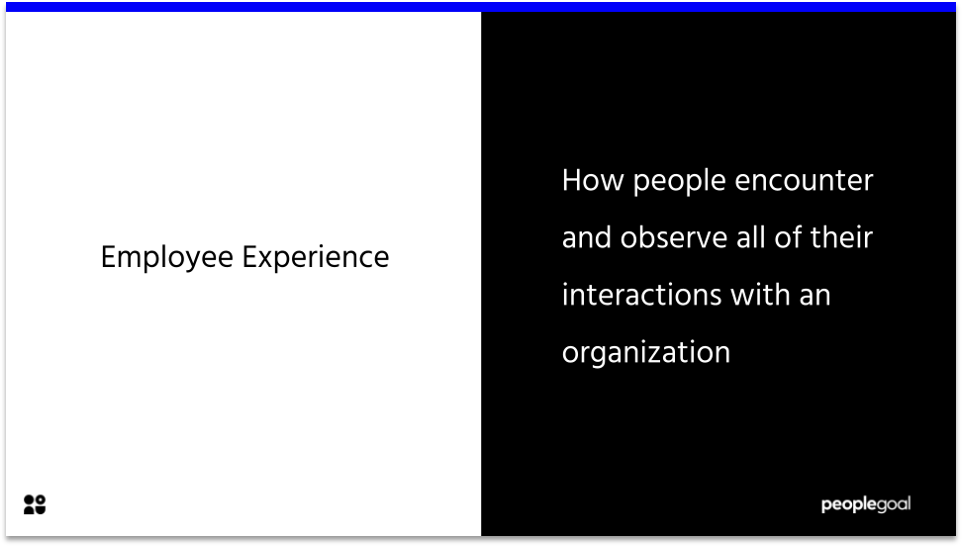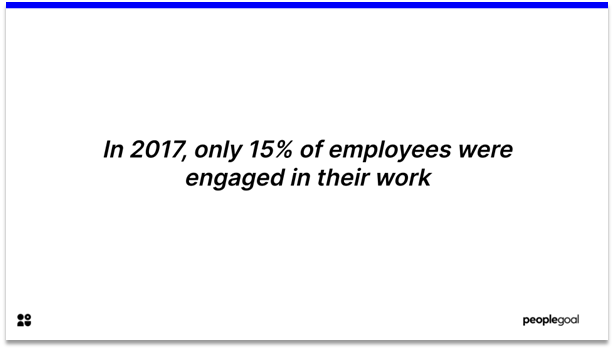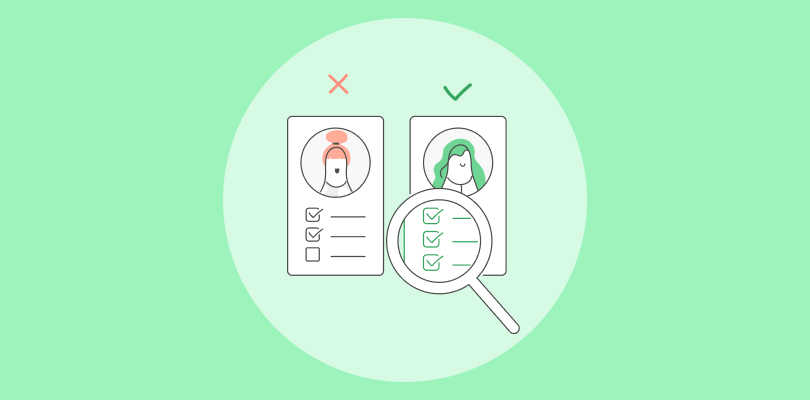Employee experience is what is conidered the minimum viable product organizations ought to offer to their workforce. Employee experience can positively influence the productivity and engagement of team members, and thus HR teams should dedicate time to map out employee journeys and identify pain points they might have to overcome.
Read on to find out what exactly employee journey mapping is, why it matters and how to implement it in your organization.
What is an employee journey?
According to digital HR tech, an employee journey is “the time an employee spends at a company, starting when the employee applies to the organization and ending when the employee quits the organization.” And the time between those two moments is what creates the employee experience.
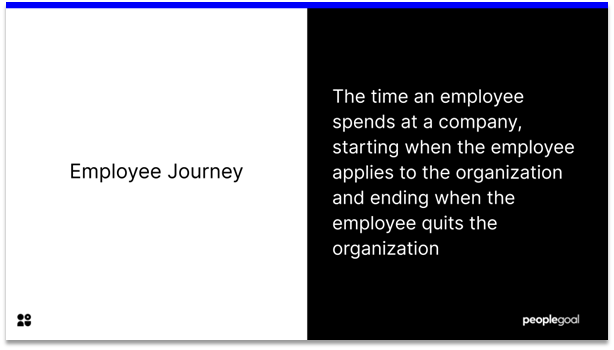
What Is Employee Experience Journey Mapping?
Just like in a customer journey mapping there are critical moments that have an impact on employee experience. These moments can significantly influence employee performance. A technique increasingly used by many organizations is facilitating employee journey mapping to evaluate and improve employee experience in an organization.
How to implement employee experience journey mapping?
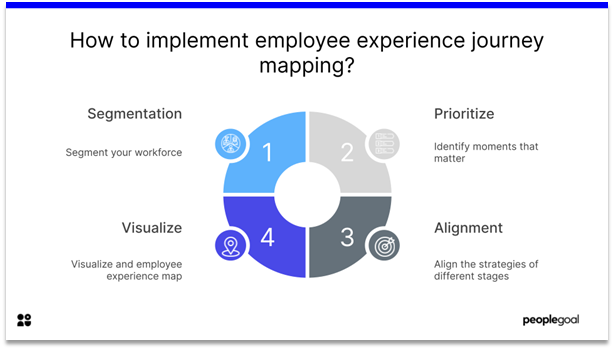
1. Segment your workforce
Similarly, to the varying customer segments having different needs, your employees are likely to have different experiences based on their interactions with your company. If you have any front of house employees, they will have very different experiences to your staff in the office. Additionally, people from different departments and backgrounds will have different experiences even if working in a crosfunctional team. Experiences of staff with more technical roles such as engineering and IT will differ to those from marketing and sales.
Creating personas can help you develop effective solutions to meet their needs and improve the experience of your workforce. Therefore, to build up effective personas you should take into account the typical behaviours, challenges and gains of each of the segment rather than their demographics. To do so, you might need to involve people from different teams to really capture the various journeys they go through.
Luckily for you, there are some amazing templates that can help you bring your personas to life. You can download a workbook from UX Design Kit that will not only provide you with a template to build up your personas but also provide you with understanding of user centered design and other tools such as interview format to evaluate the experience of your users or user journey templates. Similarly, you can download an eBook on The Basics of User Experience Design by Interaction Design Foundation, that will provide you with templates and guides how to use them.
Moreover, if you really want to get into the needs of your personas empathy map canvas can provide you with deeper level of understanding of their needs. It can also help you identify the gaps in your understanding of your employees’ behaviours and needs. By identifying these gaps, you can see what needs to be further researched in order to provide positive employee experience to your employees.
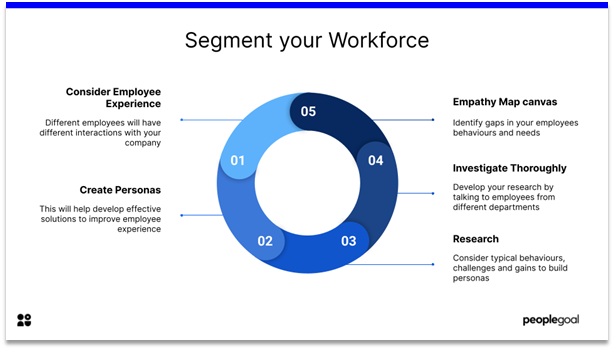
2. Identify ‘Moments that matter’
Once you have segmented your workforce, the next step is to determine the ‘moments that matter’ for each of the personas. As we said before the experiences of each of the segment are likely differ and so the important moments are also likely to be different.
Yet, there are also moments that are significant to each of the employees such as the first day at work or first 1-on-1 meeting with the manager. The easiest way is to think back to your career and use your common sense. There are also various categorizations you can facilitate when mapping the employee experience. For example, Jacob Morgan in The employee experience advantage differentiates between specific moments (such as the first day at work), ongoing (communication between a manager and their employee) and created (such as a company mental health awareness week).
Tom Haak from HR Trend put together a collection of moments that matter that can help you establish your own framework for each of the segments. You might also want to look at the employee experience from the perspective of employee engagement. That way you can divide an experience of every employee into 4 sections:
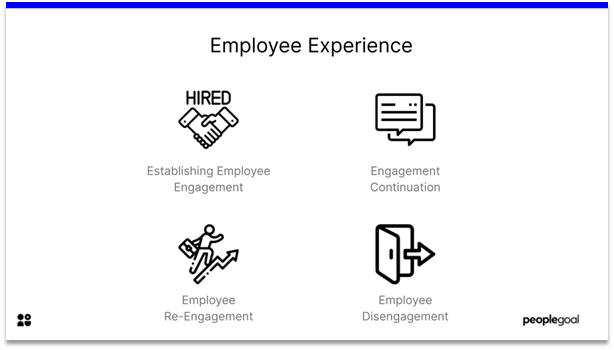
Establishing employee engagement
Establishing engagement includes the hiring process since their saw your job advertisement until their first day with you. Organizations often overlook that the way how they manage their hiring process, the efficiency of their communication and information provided before an employee start their new job can have a significant effect on their employee experience. Similarly, onboarding process can affect the performance of your employees as we discussed in one of our previous articles. Thus, you should carefully determine each of the steps in an onboarding process to engage with your employees from the day one.
Engagement continuation
Once you have established engagement with your new employee and they feel comfortable in your organization and confident with their job you need to ensure to keep them engaged. Implement a performance management process including goal setting, ongoing feedback and regular reviews. This approach will allow you to keep your employees engaged and identify any potential challenges at their early stages.
Employee re-engagement
Sooner or later every employee starts to lose their interest if they do not feel their career is progressing. Make sure to communicate what career development is available to every employee. What are their opportunities for growth? Is there any training available to upskill? Maybe all they want is relocate? Are there any personal inflences affecting their work? Are they starting a family and need better life-work balance? Do they care for their wellbeing and need support?
Employee disengagement
Like it or not, there will always be employees leaving your company for various reasons whether it is retirement, desire to progress faster or even completely change career. The important thing for you, is to ensure collecting the data from these employees. Schedule an exit interview with all of them. Is there an opportunity for further collaboration? Could they potentially become advocates for your business after retiring?
3. Implement and align measuring strategy of different stages
What are the key metrics at each of these stages? Who is responsible for management of each of the stages? Your HR department is likely to be in charge of the hiring and leaving process while specific teams will be responsible for the others. Make sure everyone agrees on a consistent strategy. Lastly, do not make your life harder than it needs to be; collecting quantitative data will allow you for an effective analysis. Furthermore, make sure to implement the knowledge from feedback and data you already have.
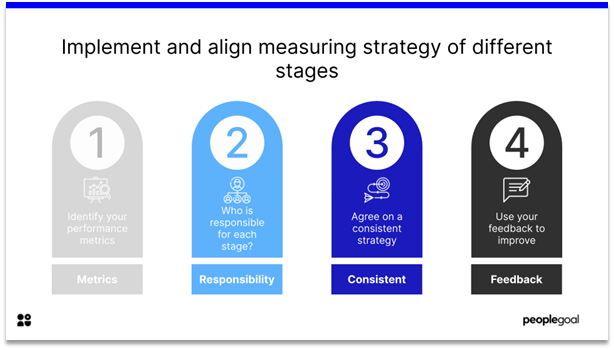
4. Visualize Employee experience map
There are various employee experience mapping tools. Alternatively, you can make one in a table or draw by hand. You can do anything that would meet the needs of your company the best. And if you need inspiration Tom Haak also wrote an article covering the trends in employee journey mapping design.
Employee experience mapping can help you provide positive experience to your workforce and retain the best talent. It can also help you identify the areas of improvement and evaluate the efficiency of processes in your organization. However, if you really want to make the most of it you should integrate it with employee engagement surveys. That way you develop an in depth understanding of the needs of your workforce. If you are interested in reading more, have a look at our blog on best practices in employee engagement surveys.
Ready to 3x Your Teams' Performance?
Use the best performance management software to align goals, track progress, and boost employee engagement.


